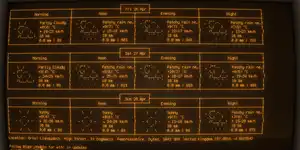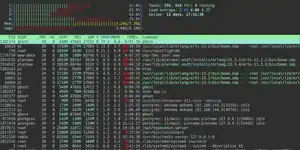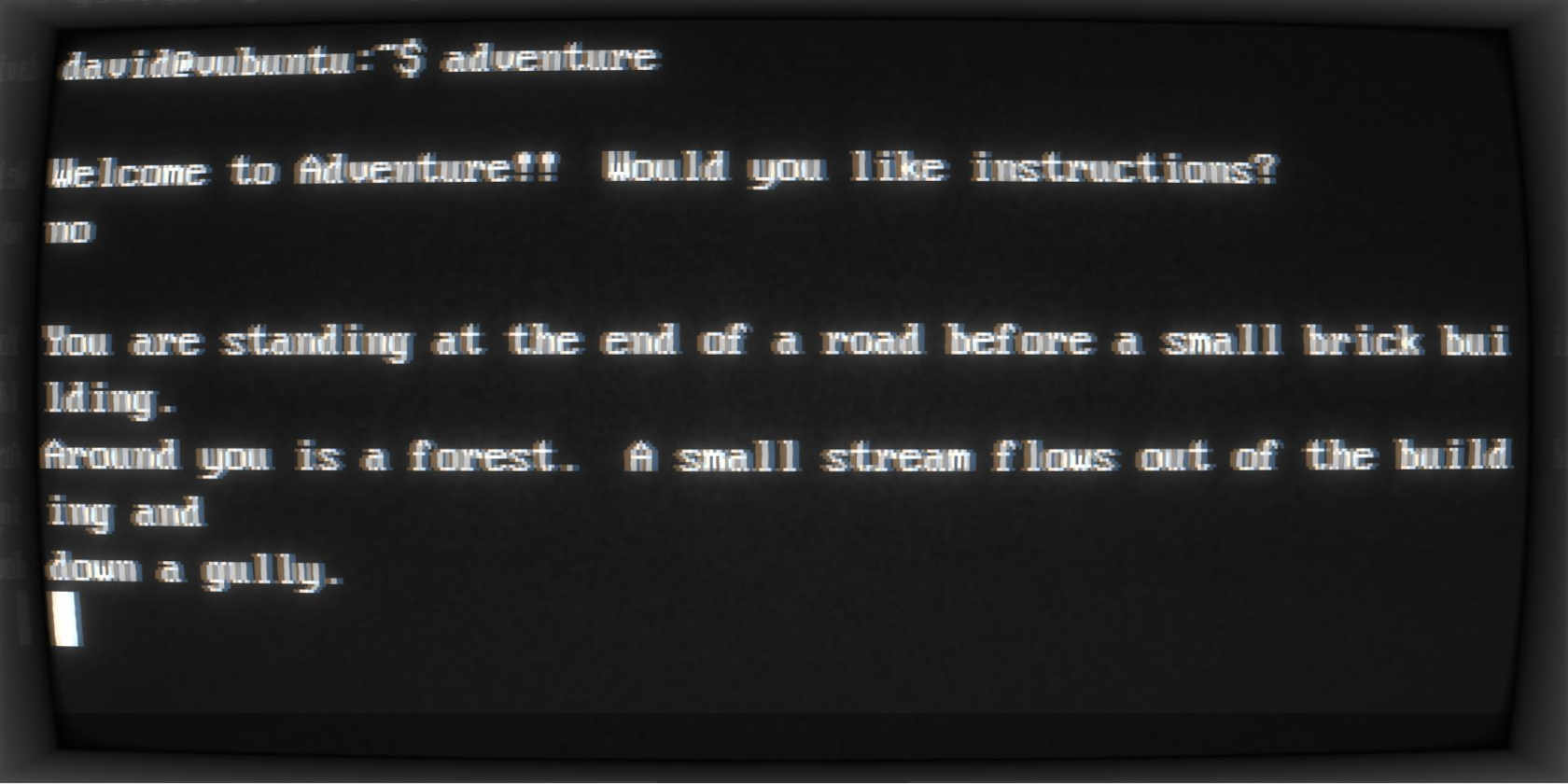
Play the first ever text adventure game in your Linux terminal!
Back in the day, computers were serious machines for serious people doing serious things, and almost always reserved for the military, for banking, and for communications.
They were huge, room-sized behemoths with capabilities that paled into insignificance next to even children's electronic toys from more than a decade ago.
ARPANET (Advanced Research Projects Agency Network) was a project as serious as its name suggests and was the world's first distributed packet-switched network. It was designed to continue functioning even if parts of it were destroyed in a nuclear war, and would guarantee continued communication if the worst should happen.
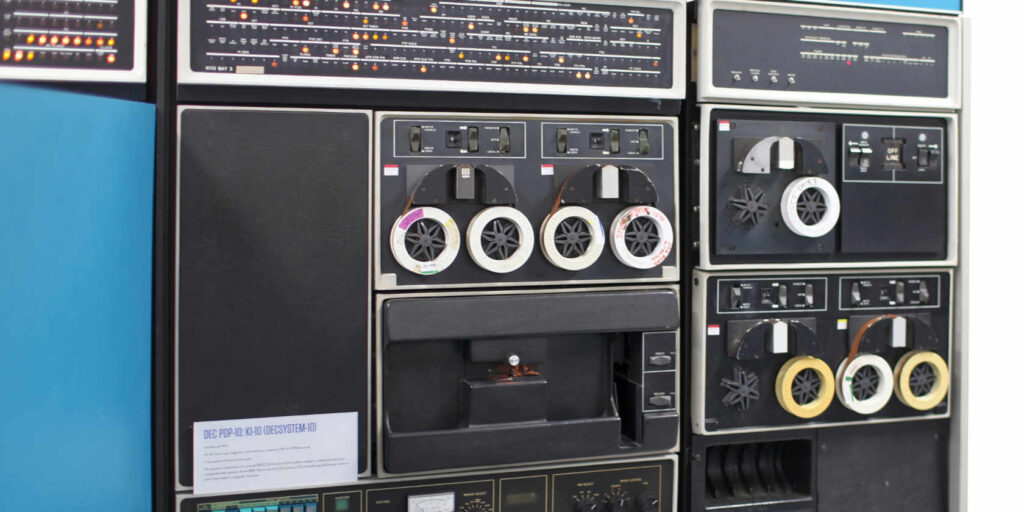
The project employed some of the brightest and most brilliant minds of the mid 20th century, and bright, brilliant people tend to get bored easily.
While modern workers might surreptitiously open minesweeper or solitaire, computer games weren't really a thing in 1976. Sure, electronic Tic Tac Toe had been around since 1950, and Spacewar! arrived on the scene in 1962, but there was nothing really truly immersive.
And so, Will Crowther - a keen Dungeons and Dragons fan and avid cave explorer, as well as having a career as a serious developer for ARPANET's very serious PDP-10 mainframe computer, designed and created Colossal Cave Adventure using FORTRAN IV.
As the title suggests, the game takes place in a colossal cave (in reality, based on Kentucky's Mammoth cave ), filled with gold, treasure and enemies. The goal is simple: Find the treasures, defeat the enemies, and escape.
Crowther's base game was expanded on in 1977 by Stanford University hacker and programmer, Don Woods, who expanded the scenario and gameplay to include magical elements, dwarves, and further fantastical features.
Originally designed to be played on teletype printers, Colossal Cave Adventure describes the scene to you, and responds to typed commands.
Colossal Cave Adventure is rightfully regarded as one of the most influential games of all time, and spawned entire genres of derivative gaming experiences, as well as direct descendants including the classic Zork and Rogue.
Colossal Cave Adventure in the modern world
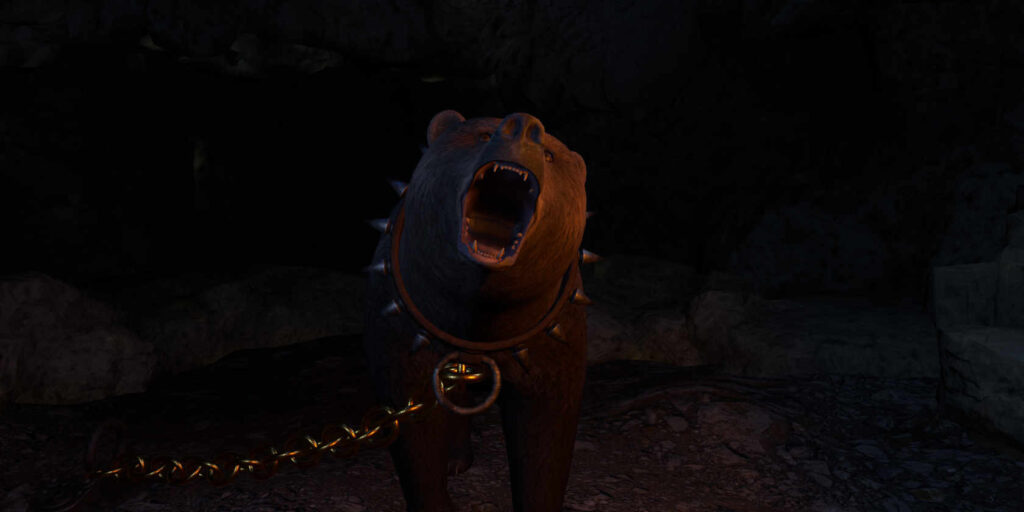
The game was an instant hit, and was released and re-released for a variety of platforms that didn't require building-sized infrastructure, Microsoft Adventure was published for Apple computers in 1979, with a version for IBM PCs following in 1981.
In 2017, a mere 41 years after Colossal Cave Adventure's initial release, the game was made open source and uploaded to GitLab, spawning a number of remakes and reimaginings. In January 2023, a fully realised 3D version was announced by Cygnus Entertainment.
At Linux Impact, we're old school, and spend more time than is good for our eyesight and health staring into terminals.
And lacking a teletype machine, the Linux terminal seems as good a place as any to reconnect with the roots of gaming.
Install Colossal Cave Adventure on Linux
Ready to commit entire months of your life to exploring an imaginary cave system in your terminal?
We've explored many iterations and versions of Colossal Cave Adventure (so that you don't have to), and determined Troglobit's Adventure to be the most reliably usable of the open source releases.
Open a terminal, then download and extract the latest archive:
wget https://github.com/troglobit/adventure/releases/download/v4.2/advent-4.2.tar.gz
tar xvf advent-4.2.tar.gzThis will create a new directory within your home directory. Move into it:
cd advent-4.2You'll be building the game from source, make sure you have makeand a compiler such as gcc installed.
Build Adventure with:
./configure
makeThe game will install to /usr/local/bin, and the documents will end up in /usr/local/share.
You can invoke the game's manual from the command line with:
man adventure...but as the six line document states, "part of the game is to discover its rules", so there's little help there.
Start the game by entering:
adventureinto any terminal window.
You can quit by typing:
quitOr if you want to save your progress for later, type:
suspendPlaying Colossal Cave Adventure in the 21st century

OK. Let's start by saying that this is simultaneously one of the most enjoyable and frustrating gaming experiences we've had in a while. Cyberpunk 2077 it ain't.
From the start, your options are limited, and you don't know what they are. You issue commands by typing a maximum of two words.
Look is the first command we figured out, and it gave us a written description of our environment. Take, Enter, and Eat, all have consequences, even if they're as trivial as seeing a "your feet are now wet" message after entering a stream.
We've spent several hours exploring the colossal cave so far, and don't think we're even close to figuring out all the commands.
Yes, there are cheat sheets and maps available online, and we imagine there are walkthroughs available, too. But figuring things out as you go is a thrill all of its own, and a far cry from the tutorials and training levels of more modern games.
Later text adventures came with rudimentary graphics to illustrate your surroundings (this author's first video game experience was with the 1986 text graphical hybrid Escape From Khoshima), but the complete absence of any kind of visual clue or explicit instructions is part of the charm. It forces you to visualise your surroundings, draw maps with pen and paper, and keep extensive notes. It's a blast from the past, and somewhat similar to your computer acting as DM in a single player D&D session.
All in all, we're having a blast (from the past).
Enhance your Colossal Cave experience with a retro terminal
We don't have the equipment or budget to play Colossal Cave Adventure as it was originally meant to be played, but the right terminal emulator can at least give you the 1981 experience.
cool-retro-term gives your terminal the look and feel of a console run on a CRT from days gone by. You might be playing on an LCD or OLED screen, but with cool-retro-term, you get scan lines, fuzz, glitches, screen burn, and more.
Presets include Apple, IBM 3278, Monochrome Green, and IBM DOS.
We don't have a time machine, but using cool-retro-term to play Colossal Cave Adventure is the next best thing.






